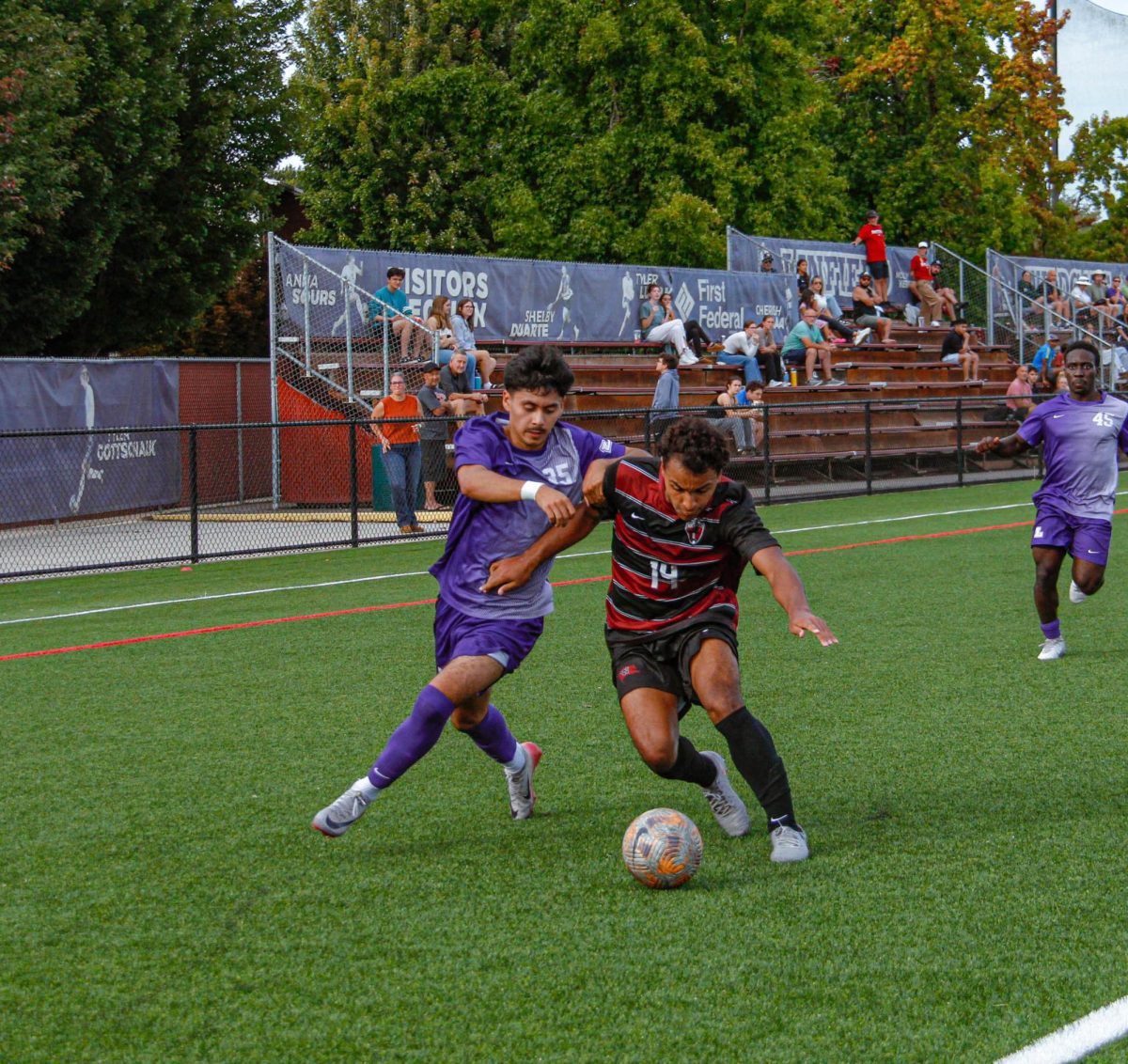In an attempt to make the game more spectator friendly, the National College Athletic Association (NCAA) has made dramatic changes to the format of Division I tennis. The NCAA’s decision is sparking huge backlash on social media from Division I athletes, coaches and professional tennis players alike.
Under the changes, singles matches will no longer be played the best of three sets. Instead of a full third set, the players will instead play a ten-point super tie breaker to decide the match. Doubles matches have also been shortened to one six game set instead of an eight game pro-set. Once two doubles matches from the same team have won their matches, all doubles matches will end, regardless of the score. The time players have between doubles and singles has also been reduced from ten minutes to five minutes. Changeovers have been reduced from 90 seconds to 60 seconds and warm-ups between opponents have been eliminated completely. There is also no-Ad scoring for men’s double matches.
These changes have been made not for the good of the game but to increase the amount of profit brought in by spectator viewership of the sport.
“The shortened format may provide exposure opportunities through television coverage, live streaming and local media coverage,” said the NCAA “It is difficult and cost prohibitive for television to air a 4.5 hour college tennis match. In addition, it is very challenging for local media (television or print) to watch and cover an entire dual match. Therefore, the sport lacks local and national coverage, which will be improved with a format that consistently finishes within a three-hour time frame.”
However, altering the game to fit into a time slot on television is detrimental to the game itself. Tennis, in nature is not a fast-paced sport in the way sports like football and basketball are. Shortening matches is not going to be an effective way to broaden sports audiences because people who like tennis will watch tennis, regardless of the duration of time it takes to complete a match.
If the NCAA’s goal is to encourage more athletes to play college tennis with the intent of “going pro” after college, they are still missing the mark. In professional tennis, women play a full three sets and men play five full sets. Both women and men only play set tie-breakers, never match tie-breakers. The reduction of time for the matches is detrimental to athletes wanting to play professional tennis since the average tennis match can last anywhere from 3-5 hours on average.
“If college is used as developmental step for kids to then play on tour, it would help if it was the same scoring, obviously,” Rajeev Ram said, the current A.T.P. No. 100 in singles and No. 55 in doubles. Ram played one semester of college tennis at University of Illinois before turning professional in 2004.
“If I’m going into a match knowing that all I’ve got to do is win one set and then I’m into a breaker, I think I would play a little differently. And out here [in the professional circuit] that never happens,” Ram said.
The changes have sparked huge backlash from Division I athletes and coaches across the nation.
“This new NCAA tennis format is a total joke,” tweeted Aaron Pfister of Michigan State. “Beyond disappointed to hear about it. Changes the way matches will go 100%. #furious”
“Well looks like effective September 1st I can start eating all the burgers I want since I won’t be playing any three set matches,” tweeted Emina Bektas of the University of Michagan.
Even University of Georgia Coach, Manny Diaz was furious with the changes.
“Will kill our college game as we know it today” tweeted Diaz, later adding, “Or we could just flip a coin for doubles point. That would shorten it. Don’t see baseball playing six innings or [basketball] three quarters.”
Legendary American tennis players like John McEnroe and up and coming U.S. players like John Isner and Sam Queery have also shown huge opposition to the changes even encouraging the repeal of the rules to no avail. The decision was reached by the Intercollegiate Tennis Association (I.T.A.) during the I.T.A. Convention this past December and the changes have been officially made by the NCAA.
The changes apply to both men and women’s tennis and are affective in September 2014.
Camille Weber/Sports Columnist






